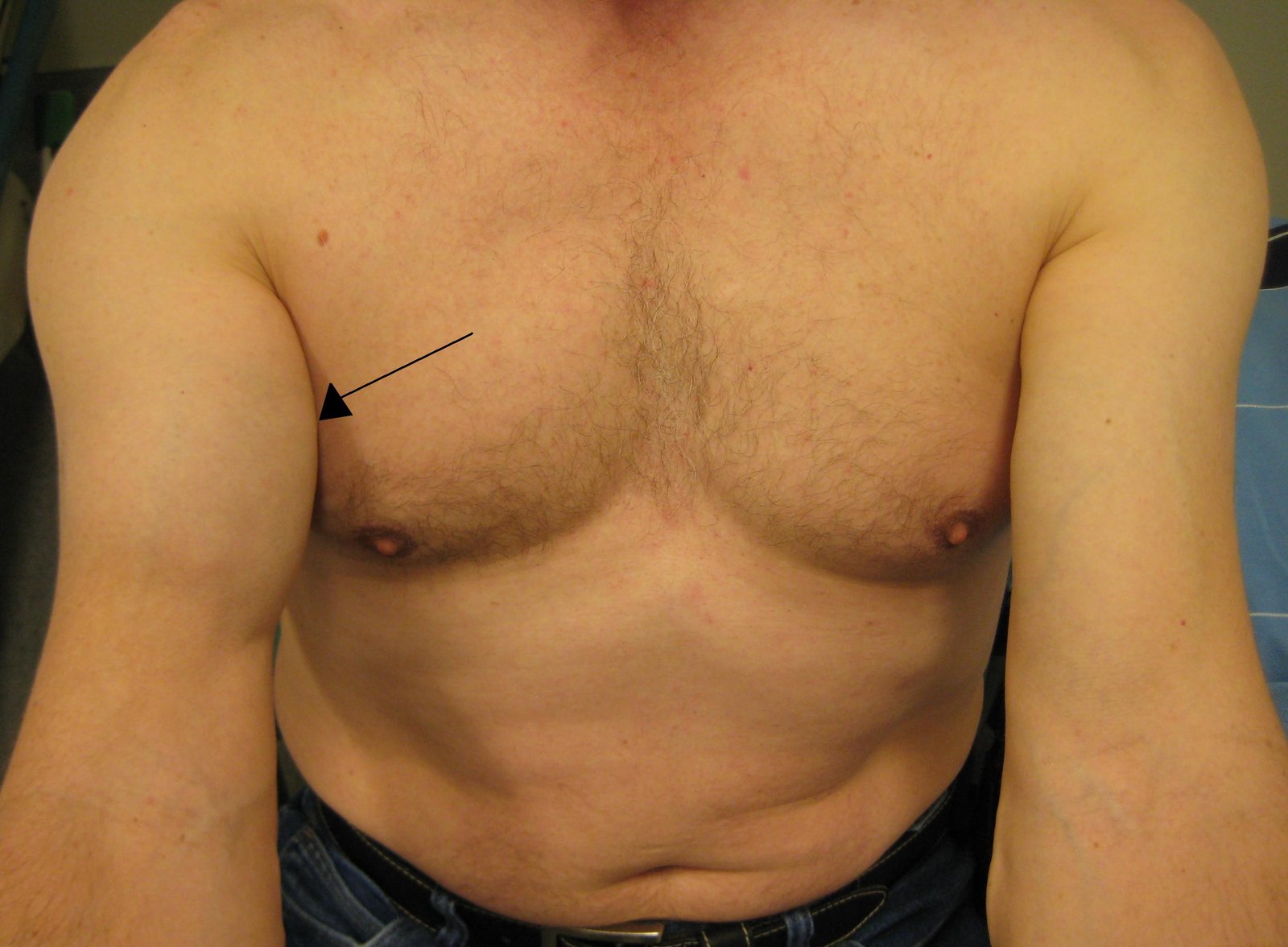Physical Therapist’s Guide to Bunion (Hallux Valgus) A bunion (hallux valgus) is a large bump on the side of the foot that develops at the base of the big toe. It is common for a bunion to become inflamed and swollen, causing foot pain. Although anyone can develop a bunion, the condition most often occurs
Physical Therapist’s Guide to Bunion (Hallux Valgus)
A bunion (hallux valgus) is a large bump on the side of the foot that develops at the base of the big toe. It is common for a bunion to become inflamed and swollen, causing foot pain. Although anyone can develop a bunion, the condition most often occurs in women and older adults. Over time, the joint may enlarge and become stiff and painful, causing problems with shoe fit, pain, and difficulty walking. Physical therapists help people with bunions improve the angle of the big toe, improve their muscle strength and walking ability, and reduce their pain.
What is a Bunion?
A bunion is a bump on the side of the foot that develops at the base of the big toe when the toe deviates inward. A bunion is classified as mild, moderate, large, or severe, depending on the size of the measured angle at the toe. An angle of 20° or greater is considered abnormal.
There are several factors that may cause bunions, including:
- Heredity
- How the foot is shaped
- Flat arches
- Joint laxity (too much flexibility in the joint at the base of the big toe)
- Osteoarthritis
Tight footwear has often been blamed for bunions, but recent research suggests that footwear may not be a factor in their development. However, tight footwear can irritate a bunion by rubbing on the tissue at the joint, creating more swelling and pain.
How Does it Feel?
How a bunion feels varies with each individual. There is no relationship between the severity of a bunion and the symptoms experienced. Not all bunions cause symptoms; however, people with bunions report mild to severe symptoms, including:
- Pain and swelling in the big toe joint that worsens with standing and walking.
- Gradual enlargement of the bump on the side of the foot, which can become inflamed and swollen causing foot pain.
- Pain when wearing shoes, making it difficult to find comfortable or stylish footwear.
- Changes in how you walk.
- Increased difficulty walking.
- Changes in balance, increasing the risk of falling, particularly in older adults.
- Crossing of the big toe and lesser toes, causing crowding of the toes, and possibly causing additional deformities and pain.
- Reduced quality of life related to foot pain.
Signs and Symptoms
If you see your physical therapist first, the physical therapist will ask about your medical history, how your symptoms developed, and how they are currently affecting you. Your physical therapist will observe your walking pattern, particularly how you bear weight on the affected foot, and examine the foot and the big toe to observe any swelling, deformity, or tenderness. Your physical therapist will test the strength of your foot and big toe, and measure your foot’s flexibility and range of motion, and will check your footwear for proper fit, and for wear patterns. If your bunion is classified as severe, your physical therapist may recommend a consultation with an orthopedic foot surgeon.
How Can a Physical Therapist Help?
Your physical therapist will treat your bunion symptoms with pain management, exercise, gait training, and education regarding proper footwear and self-care for symptom management. The goal of physical therapy treatment is to improve the angle of the big toe, improve muscle strength, and reduce pain.
Your physical therapy treatments may include:
Manual Therapy. Your physical therapist may use manual (hands-on) therapy to help improve the position of the big toe Your physical therapist will gently move your big toe and ankle to reduce joint tightness and any stiffness of the surrounding tissues, and increase the big toe’s bending range of motion.
Exercise. You will be taught range-of-motion, stretching, and strengthening exercises to improve the alignment of the big toe when standing, and improve your walking pattern. Your physical therapist will design an individualized exercise program based on your specific needs.
Balance Training. To help reduce the risk of falling, your physical therapist will teach you standing and walking exercises to improve your balance during movement.
Symptom Management. You will learn how to use intermittent foot elevation, self-massage, and ice or heat packs to manage any inflammation/swelling and pain.
Your physical therapist may also apply specialized taping of the big toe to improve the big toe’s alignment, and reduce pain. Your physical therapist will recommend the best footwear for your condition.
Orthotics and Devices. Your physical therapist may recommend the use of splints, foot orthotics, or assistive devices, depending on your condition, and will train you in their use. They may include:
- Splints and toe separators to reduce pain and pressure on the big toe.
- Custom arch supports (foot orthotics) to help keep the foot and ankle in a midline position during walking.
- A cane, walker, or crutches (assistive devices) to reduce pain and improve walking ability.
Activity Training. As you regain strength and flexibility, your physical therapist will provide activity training specific to your job, leisure activity, or sport.
After Surgery
If your bunion deformity progresses to a point where you cannot find comfortable footwear, or walking becomes difficult, you may choose surgery to correct the position of the big toe. A physical therapist can help after your surgery to restore the strength and flexibility of the big toe, reduce pain, and improve your walking ability.
Rehabilitation varies with each individual, based on their condition and the type of surgical procedure performed.
After most surgeries, you will wear a special postoperative shoe to protect your foot, and avoid putting pressure on the surgical area for about 4 weeks.
A hospital physical therapist will teach you how to walk with a cane, walker, or crutches to avoid putting weight on the surgical area, and to help ensure that the bones will heal well. You will also be given instruction in the use of ice packs and leg elevation to control pain and swelling.
Rehabilitation with a physical therapist should begin 3 to 4 weeks after surgery, and continue for 4 to 6 weeks. Treatments will include the elements listed above. The first session will focus on pain and swelling reduction with the use of mild ankle range-of-motion exercises, ice packs, and mild massage. You will begin gait training with specific instructions from your physical therapist, and perform exercises in the clinic and at home.
Postoperative physical therapy will emphasize walking and learning how to push off of your big toe properly to restore normal walking ability. It will also include exercise to strengthen the big toe and ankle, and movement to restore better bending of the big toe. It is important to regain strength and bending in the big toe to restore your full walking ability. You will be encouraged to perform a home-exercise program between physical therapy visits as well as after the visits are completed, to help you return to your job, leisure, or sport activities.
Can this Injury or Condition be Prevented?
There is no evidence that bunions can be prevented, but you may be able to prevent a problem from becoming worse, and possibly prevent surgery by:
- Wearing appropriate footwear. For example, it is important to avoid wearing shoes that squeeze the toes together. Wearing shoes with a wider toe box will reduce the inward pressure on the big toe, and help keep the outside of the foot from rubbing against the shoe.
- Using splints/orthotics. There are many types of splints, padding, and big toe supports available that are designed to keep your toe properly aligned and reduce big toe pressure. Research suggests that using shoe inserts or arch supports (foot orthotics) can help prevent the arch from flattening during walking, and reduce big toe pressure.
Your physical therapist can review your options with you, and recommend the best solutions for your particular needs.
Real Life Experiences
Sara is a 42-year-old woman who sells cosmetics at an upscale department store. Recently, she began to feel pain around her left big toe after standing and walking for several hours on the job. She also noticed that she was developing a bump at the base of her big toe. Sometimes the area became red and swollen.
Due to her job’s dress code, Sara always wore high heels at work. When her pain recently developed, she wondered if her shoes were to blame. She tried other shoes, but decided that they were not stylish enough for her job. Concerned about her pain and the way her foot was looking, she decided to call her physical therapist.
Sara’s physical therapist took her medical history, and asked her to describe her foot problem. She asked Sara when she first noticed the problem, how it had changed since then, and what her current symptoms were. She performed a physical exam, including gentle touch to check for tender points and swelling on the foot, and measured the flexibility and range of motion of Sara’s involved big toe and foot.
She noted a bump at the base of Sara’s big toe on her left foot, and that the big toe was mildly angling inward. She also tested for strength, focusing on the big toe muscles, and ankle strength. She noticed weakness of the big toe muscles that pull the toe outward, and flex the toe when walking. She observed Sara walking with and without shoes, and noticed Sara had a slight limp, and she was avoiding shifting over the big toe while walking.
Sara’s physical therapist discussed footwear options with her, and suggested she look for shoes with lower heels because high heels put more pressure on the big toe. She also suggested shoes with a wider toe box to avoid rubbing on the toe. She taught Sara how to apply an ice pack to the toe, and perform self-massage to help ease pain and swelling. She scheduled Sara for a series of physical therapy treatments.
Sara attended physical therapy sessions for the next 6 weeks. She learned stretching and strengthening exercises for her foot and big toe to improve their flexibility and strength, and learned how to change her walking pattern to reduce pressure on the big toe. She shopped for new shoes and was able to find a few pairs of low-heeled shoes that did not pinch her toes. They even looked stylish!
When Sara completed her physical therapy treatments, she was able to tolerate her workday without toe pain. She continues to perform her home-exercise program daily, to ensure that both her feet stay healthy.
What Kind of Physical Therapist Do I Need?
All physical therapists are prepared through education and experience to treat bunions. However, you may want to consider:
- A physical therapist who is experienced in treating foot/ankle and orthopedic conditions. Some physical therapists have a practice with a focus on the foot/ankle and orthopedics.
- A physical therapist who is a board-certified clinical specialist, or who completed a residency or fellowship in orthopedics. This therapist has advanced knowledge, experience, and skills that may apply to your condition.
You can find physical therapists who have these and other credentials by using Find a PT, the online tool built by the American Physical Therapy Association to help you search for physical therapists with specific clinical expertise in your geographic area.
General tips when you’re looking for a physical therapist (or any other health care provider):
- Get recommendations from family and friends or from other health care providers.
- When you contact a physical therapy clinic for an appointment, ask about the physical therapists’ experience in helping people who have bunions.
- During your first visit with the physical therapist, be prepared to describe your symptoms in as much detail as possible, and say what makes your symptoms worse.
Further Reading
The American Physical Therapy Association (APTA) believes that consumers should have access to information that could help them make health care decisions, and also prepare them for a visit with their health care provider.
The following articles provide some of the best scientific evidence related to physical therapy treatment of hallux valgus/bunion. The articles report recent research and give an overview of the standards of practice both in the United States and internationally. The article titles are linked either to a PubMed* abstract of the article or to free full text, so that you can read it or print out a copy to bring with you to your health care provider.
Nix SE, Vicenzino BT, Smith MD. Foot pain and functional limitation in healthy adults with hallux valgus: a cross-sectional study. BMC Musculoskelet Disord. 2012;13:197. Free Article.
American Academy of Orthopedic Surgeons’ website. Bunion surgery. Updated September 2012. Accessed February 4, 2015.
Weber L. Beyond bunionectomy: the role of physical therapy. Lower Extremity Review. Published August 2010. Accessed February 4, 2015.
Schuh R, Hofstaetter SG, Adams SB Jr, Pichler F, Kristen KH, Trnka HJ. Rehabilitation after hallux valgus surgery: importance of physical therapy to restore weight bearing of the first ray during the stance phase. Phys Ther. 2009;89(9):934–945. Free Article.
Tehraninasr A, Saeedi H, Forogh B, Bahramizadeh M, Keyhani MR. Effects of insole with toe-separator and night splint on patients with painful hallux valgus: a comparative study. Prosthet Orthot Int. 2008;32(1):79–83. Article Summary in PubMed.
*PubMed is a free online resource developed by the National Center for Biotechnology Information (NCBI). PubMed contains millions of citations to biomedical literature, including citations in the National Library of Medicine’s MEDLINE database.
Authored by Mary Kay Zane, PT, OCS. Reviewed by the MoveForwardPT.com editorial board.







Leave a Comment
You must be logged in to post a comment.